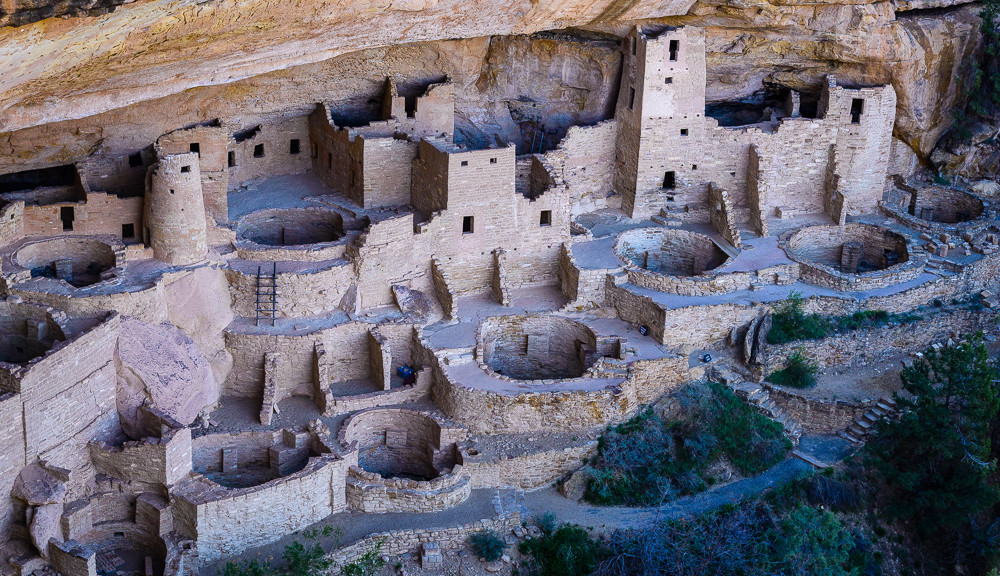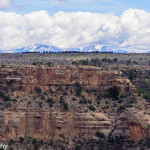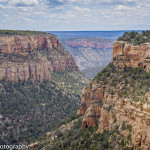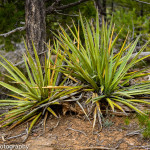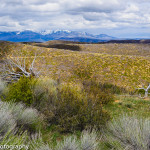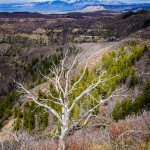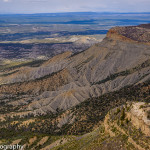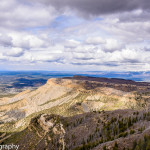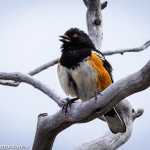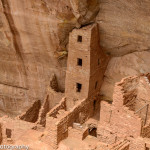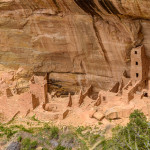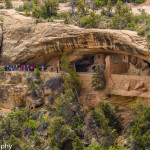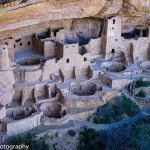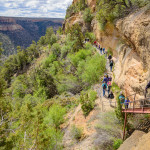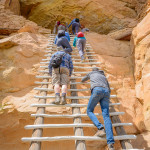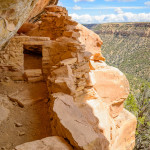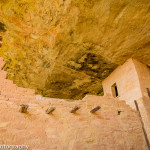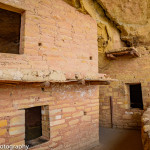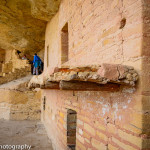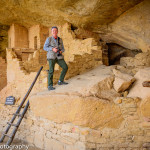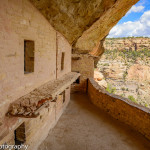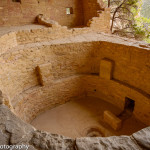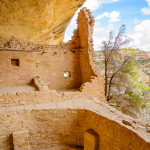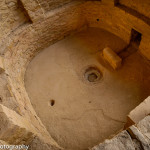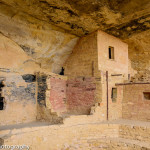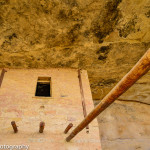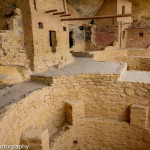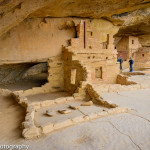Mesa Verde National Park was established in 1906 to preserve and interpret the archeological heritage of the Ancestral Pueblo people who made it their home for over 700 years, from 600 to 1300 CE. Today, the park protects nearly 5,000 known archeological sites, including 600 cliff dwellings. These sites are some of the most notable and best preserved in the United States. (Source: NPS Website)
Established: June 29, 1906
Size: 52,485 acres
Rank: 48
#Visitors in 2018: 563,420
(April 2016) According to the National Park literature, Mesa Verde National Park was created in 1906 to preserve the archeological heritage of the Ancestral Pueblo people, both atop the mesas and in the cliff dwellings below. The park includes over 4500 archeological sites of which 600 are cliff dwellings. Most of the sites are over 700 years old and are the most notable and best preserved in the U.S. Mesa Verde is located in the southwest corner of Colorado, approximately 360 miles from Colorado Springs. We decided to take a more southernly route at this time of year because many of the national parks in the west and northwest have partial closures due to weather well into the late spring. As it was, we still encountered a short snow storm atop the mesa near Far View Lodge where we stayed within the park. Elevations within the park reach between 7000 and 8500 ft. We did some advance scoping to learn that we needed to purchase tickets for the only cliff dwelling that would be open during our visit- Balcony House. Tickets could only be purchased 2 days in advance at the park visitor office which closed each day at 5 pm, so we had to time our drive to arrive no later than 5 pm the day before we planned to visit the park. We also made a reservation at the Far View Lodge located about halfway into the park. This saved us from having to drive over 50 miles each way from the nearest town of Cortez. Most of the cliff dwelling sites were located at the far reaches of the park. Again, visiting the national parks in low season has its advantages- low crowds and reasonable rates in the park lodges.
While the main attraction of this park are the cave dwellings, the vistas are also spectacular! The snow-covered San Juan Mountains (part of the southern Rockies), flat-topped mesas and canyons can be seen from various places all throughout the park.
We viewed several of the cliff dwellings from various hiking trails and pull outs on the paved park road.
The only dwelling that was open for tours was Balcony House. The Ancestral Pueblo people started building their homes in cliff-side alcoves like Balcony House around A.D. 1200. Archeologists count 38 rooms and two kivas (round, underground ceremonial chambers) in this 2-story structure. In order to access the dwelling, we had to climb 3 long ladders and crawl through narrow tunnels. It was really amazing to think how these people could build such structures using only stones and earth. They had no metal tools.

